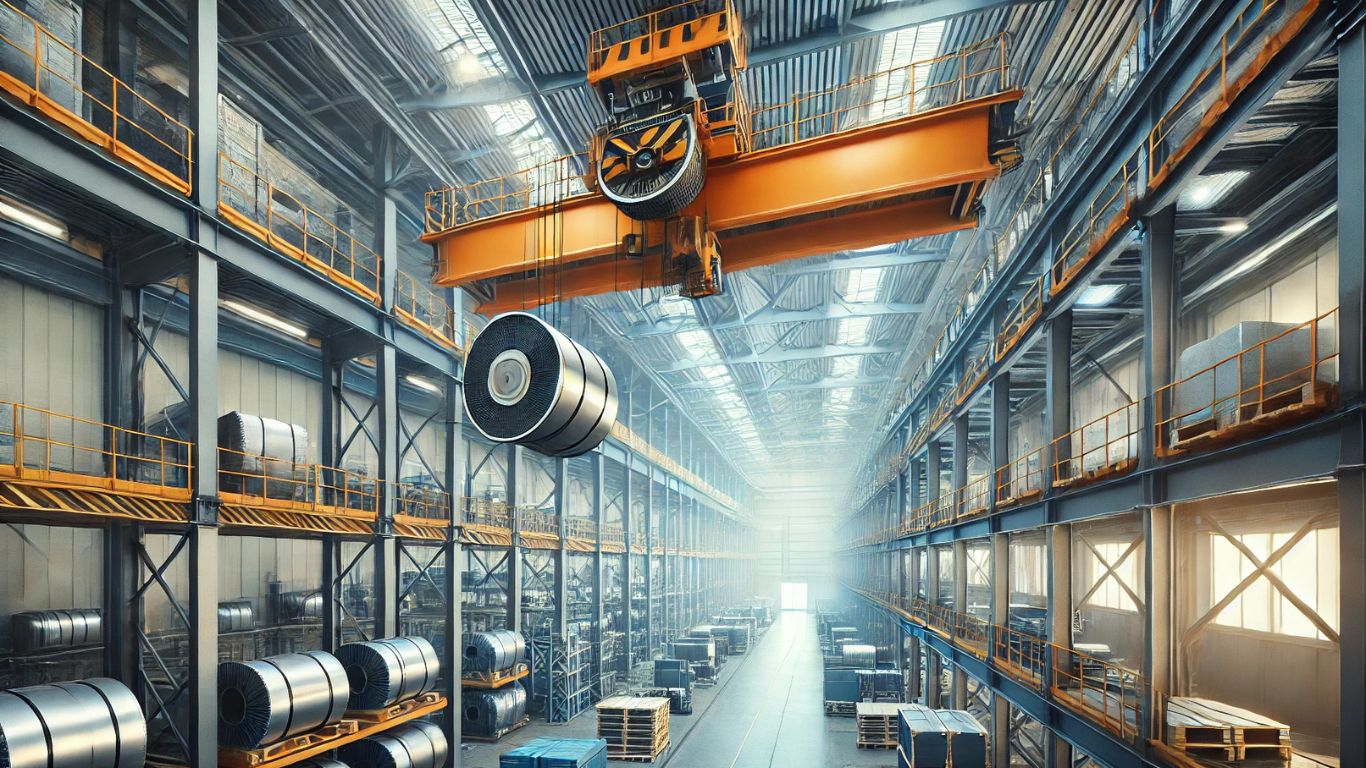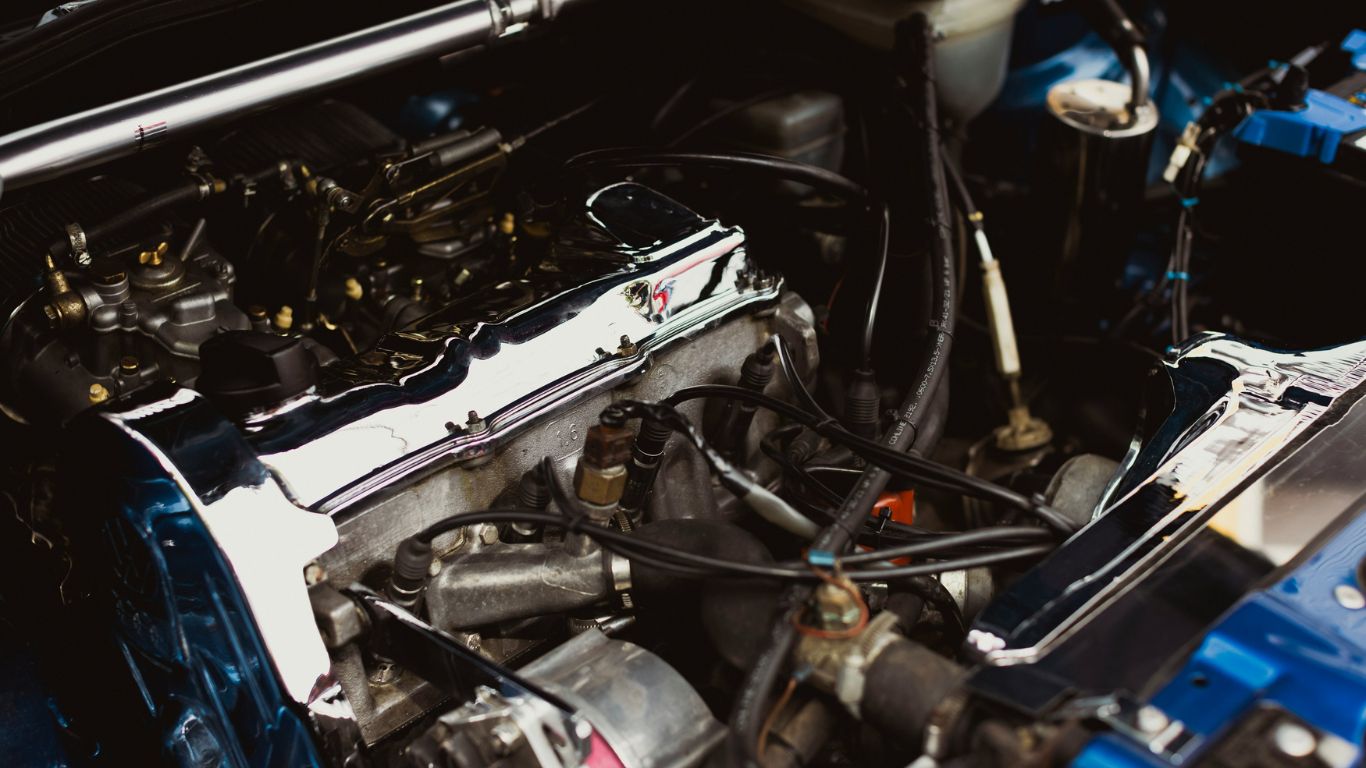Ponte Rolante: The Essential Guide to Industrial Cranes

Industrial operations often require robust equipment to ensure safety and efficiency. A ponte rolante is one such critical tool, offering unparalleled utility in material handling and heavy lifting. Known in English as an overhead crane, it finds its applications in factories, warehouses, and other industrial environments. This guide will explore everything about ponte rolante, its types, components, advantages, and maintenance practices, making it easier to understand its significance.
What Is a Ponte Rolante?
A ponte rolante is an industrial overhead crane designed to lift, move, and position heavy loads with precision. It operates on parallel runways and is equipped with a hoist or trolley that moves along a horizontal beam. This mechanism provides seamless mobility, allowing efficient transportation of goods within a workspace.
How Does a Ponte Rolante Work?
A ponte rolante operates through a combination of mechanical and electrical components. It uses motors to control the hoist, enabling it to lift or lower heavy loads. The crane’s movement is guided by rails installed along the building’s structure, allowing it to traverse back and forth. This system reduces manual labor and enhances operational efficiency.
Key Components of a Ponte Rolante
Understanding the parts of a ponte rolante is essential to appreciating its functionality. Here are the primary components:
1. Bridge: The main structure that spans across the workspace and supports the crane.
2. Hoist: The lifting mechanism responsible for raising and lowering loads.
3. Runway System: Tracks that facilitate the horizontal movement of the bridge.
4. Trolley: A component that carries the hoist and moves along the bridge.
5. Control System: An interface allowing operators to control the crane’s actions.
Types of Ponte Rolante
Several types of ponte rolante cater to different industrial needs. Each variant offers unique features, making it suitable for specific applications.
Single Girder Cranes
These cranes feature a single beam as the bridge. They are lightweight, cost-effective, and ideal for light to medium-duty operations.
Double Girder Cranes
Double girder cranes come with two beams, offering enhanced load capacity. They are commonly used in heavy-duty industrial settings.
Top-Running Cranes
Mounted above the runways, these cranes maximize workspace utility and are suitable for lifting extremely heavy loads.
Underhung Cranes
Also known as underslung cranes, these systems are suspended from the ceiling, making them perfect for facilities with limited floor space.
Applications of Ponte Rolante
Ponte rolante is a versatile tool with a wide range of applications:
- Manufacturing Industries: Used to transport raw materials and finished goods.
- Steel Mills: Handles heavy steel plates and coils efficiently.
- Warehouses: Facilitates quick and organized storage management.
- Shipyards: Assists in lifting large ship components.
- Construction Sites: Aids in moving construction materials like concrete blocks and steel beams.
Benefits of Using a Ponte Rolante
The advantages of using a ponte rolante extend beyond convenience. These cranes contribute significantly to operational success.
Increased Efficiency
By automating heavy lifting tasks, a ponte rolante minimizes downtime and speeds up processes.
Enhanced Safety
Accidents related to manual handling are reduced, as these cranes allow for safe and controlled material movement.
Space Optimization
The overhead design ensures that valuable floor space is preserved, allowing for better workflow organization.
Cost-Effective Operations
With reduced labor requirements and increased productivity, the overall operational costs are lowered.
Choosing the Right Ponte Rolante
Selecting a suitable ponte rolante depends on several factors:
- Load Capacity: Understand the weight requirements of your operations.
- Workspace Dimensions: Consider the available space to determine the crane’s size.
- Frequency of Use: Opt for a durable model if the crane will be used frequently.
- Budget: Balance cost and functionality to make an informed decision.
Maintenance Practices for Ponte Rolante
Proper maintenance ensures the longevity and optimal performance of a ponte rolante. Regular inspections, timely repairs, and adherence to safety protocols are critical.
Routine Inspections
Daily checks for signs of wear and tear on components like cables, hooks, and hoists are necessary.
Lubrication
Proper lubrication of moving parts reduces friction and prevents mechanical failure.
Electrical System Checks
Testing the electrical components ensures consistent and safe operation.
Compliance with Regulations
Following industrial safety standards and guidelines is essential to avoid penalties and ensure employee safety.
Innovations in Ponte Rolante Technology
Advancements in technology have revolutionized ponte rolante systems. Features like automated controls, remote operation, and smart sensors are now commonplace, enhancing efficiency and safety.
Remote-Controlled Cranes
Operators can control the crane from a safe distance, reducing the risk of accidents.
Smart Sensors
Sensors monitor the crane’s load and movement, preventing overloading and ensuring balanced operations.
Energy-Efficient Models
Modern designs focus on reducing energy consumption, aligning with sustainable industrial practices.
Challenges in Using Ponte Rolante
Despite its advantages, there are challenges associated with using a ponte rolante:
- High Initial Investment: The cost of installation and setup can be significant.
- Regular Maintenance Needs: Downtime for maintenance can disrupt operations.
- Operator Training: Proper training is essential for safe and efficient use.
- FAQs
What industries use ponte rolante the most?
Industries like manufacturing, steel production, and construction frequently use ponte rolante for material handling.
How is a ponte rolante different from a gantry crane?
While a ponte rolante is fixed to a structure, gantry cranes are mobile and can be moved to different locations.
Are ponte rolante systems customizable?
Yes, they can be tailored to meet specific load capacities, dimensions, and operational needs.
What safety measures are essential for ponte rolante operation?
Operators should wear protective gear, follow load limits, and ensure the crane undergoes regular inspections.
Can a ponte rolante be installed outdoors?
Yes, outdoor installations are possible with weather-resistant designs and proper maintenance.
What is the lifespan of a ponte rolante?
With proper care, a ponte rolante can last 20-30 years, depending on its usage and maintenance.










